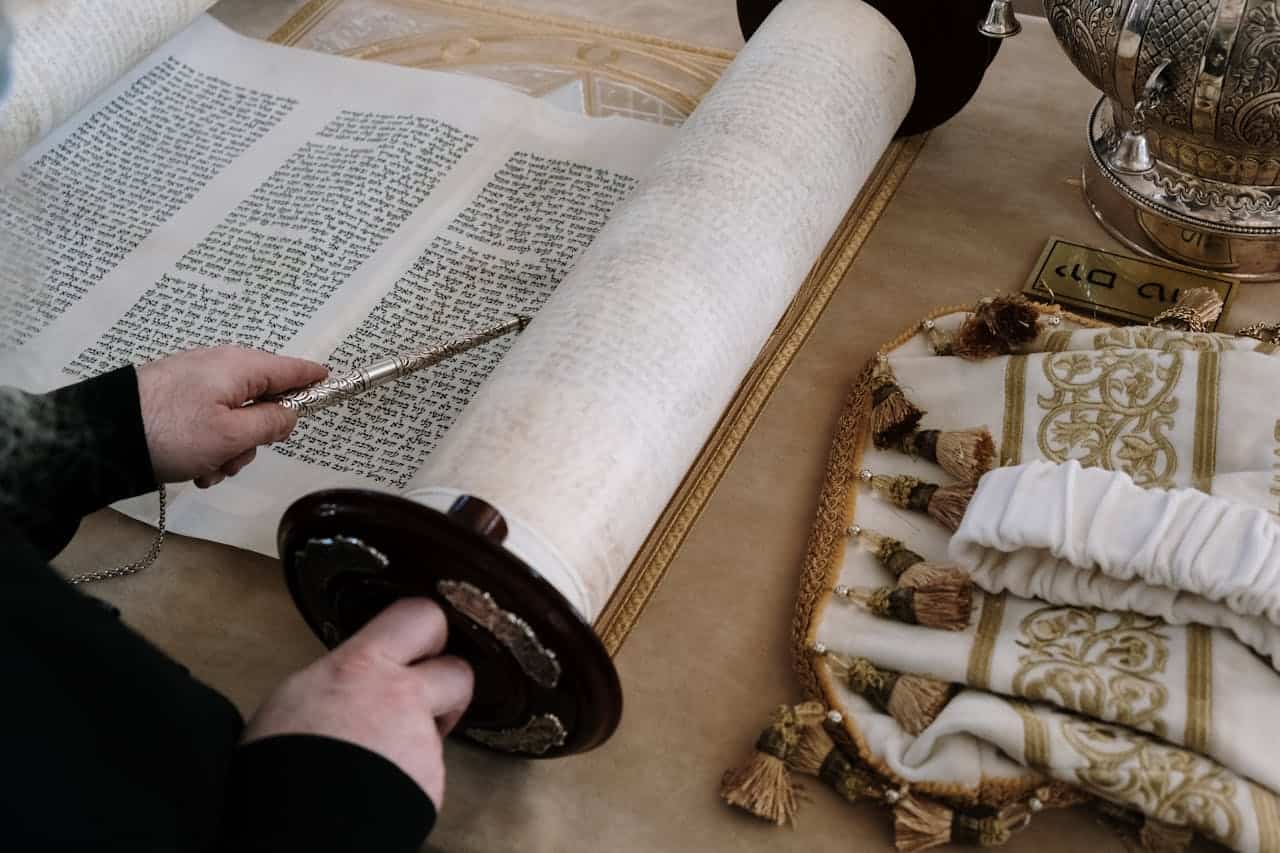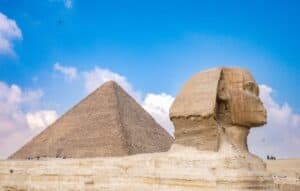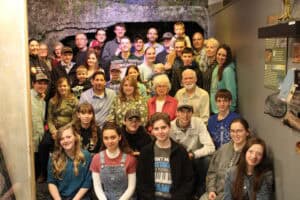
Christmas in Branson, Missouri: Light Displays, Family Attractions, and a Free Faith Experience
Christmas in Branson, Missouri Light Displays, Family Attractions, and a Free Dinosaur Experience If you’re dreaming of a classic Ozark Mountain Christmas, put Branson, Missouri


 Norman Geisler and William Nix state, “Until the
Norman Geisler and William Nix state, “Until the  We also have other ancient variations or
We also have other ancient variations or 


